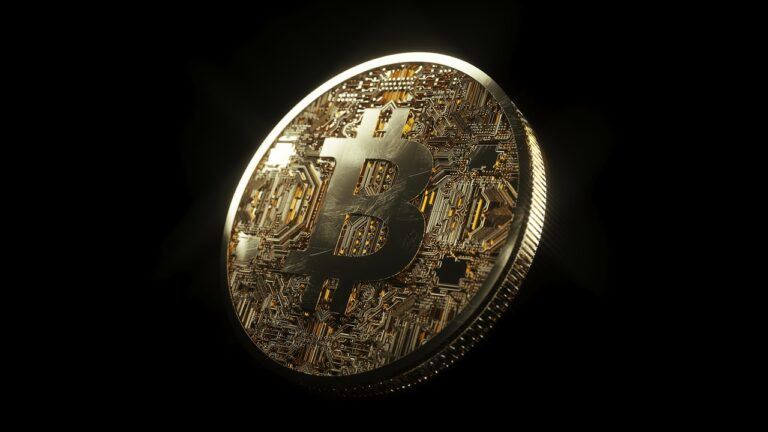Introduction In a recent post on X (formerly Twitter), Nate Geraci, President of the ETF Store, shared an intriguing description of Bitcoin, originally coined by Eric Balchunas, Senior ETF Analyst at Bloomberg. The metaphor, “It’s like gold, but as a teenager,” sparked an engaging discussion among followers, shedding light on the unique characteristics and potential of the world’s most prominent cryptocurrency.
Balchunas’ comparison of Bitcoin to a teenage version of gold is a fascinating way to frame the digital asset’s position in the financial landscape. Gold has long been considered a reliable store of value, with a history of stability and resilience during economic turmoil. Bitcoin, on the other hand, is a relatively new player in the world of finance, having emerged in 2009.
Much like a teenager, Bitcoin is still growing, learning, and experiencing the volatility that comes with maturation. Its value fluctuates more dramatically than that of gold, and it is subject to the whims and speculations of a rapidly evolving market. However, just as a teenager holds immense potential for growth and development, Bitcoin has the capacity to revolutionize the way we think about money and transactions.
One insightful reply to Geraci’s post took the metaphor a step further, painting a picture of Bitcoin as the son of gold, a father who “had issues and paid no attention to his son.” This poignant analogy highlights the challenges Bitcoin has faced in its journey to legitimacy and widespread adoption.
Unlike gold, which has the backing of governments and centuries of trust, Bitcoin had to forge its own path. It emerged from the shadows of the internet, born out of a desire for a decentralized, transparent, and secure financial system. Bitcoin’s growth has been marked by trial and error, with the cryptocurrency community learning from its mistakes and adapting to the ever-changing landscape of digital assets.
Balchunas’ response to the father-son analogy likened Bitcoin to Generation X in 1994. This comparison is apt, as it reflects the rebellious and innovative spirit that defines both Gen X and Bitcoin. In the early 1990s, Gen X was coming of age, challenging the status quo, and embracing new technologies that would shape the future.
Similarly, Bitcoin emerged as a disruptive force in the world of finance, offering an alternative to traditional banking systems and fiat currencies. Its decentralized nature and the underlying blockchain technology have the potential to revolutionize not only financial transactions but also various industries, from supply chain management to voting systems.
The metaphor of Bitcoin as a teenage version of gold resonated with many readers, with one commenter noting that it “not only makes Bitcoin more relatable but also encapsulates its dynamic and transformative nature in the financial landscape.” As Bitcoin continues to mature and gain acceptance, it has the potential to reshape the way we think about money and value.
Another reply highlighted the similarities between Bitcoin and gold as a store of value, stating that while gold is more established and stable, Bitcoin similarly appeals to those seeking alternative investments.
Featured Image via Pixabay









